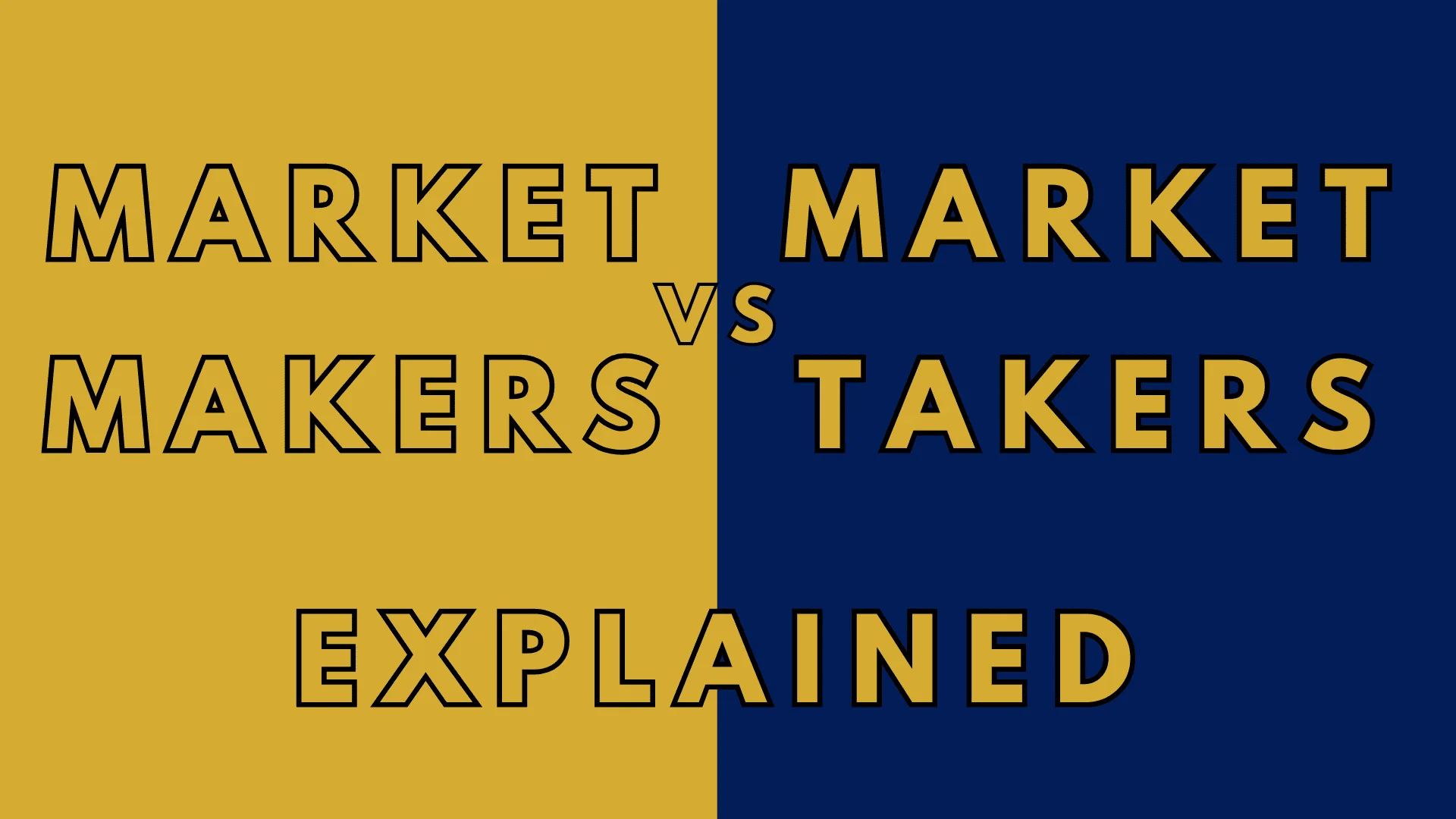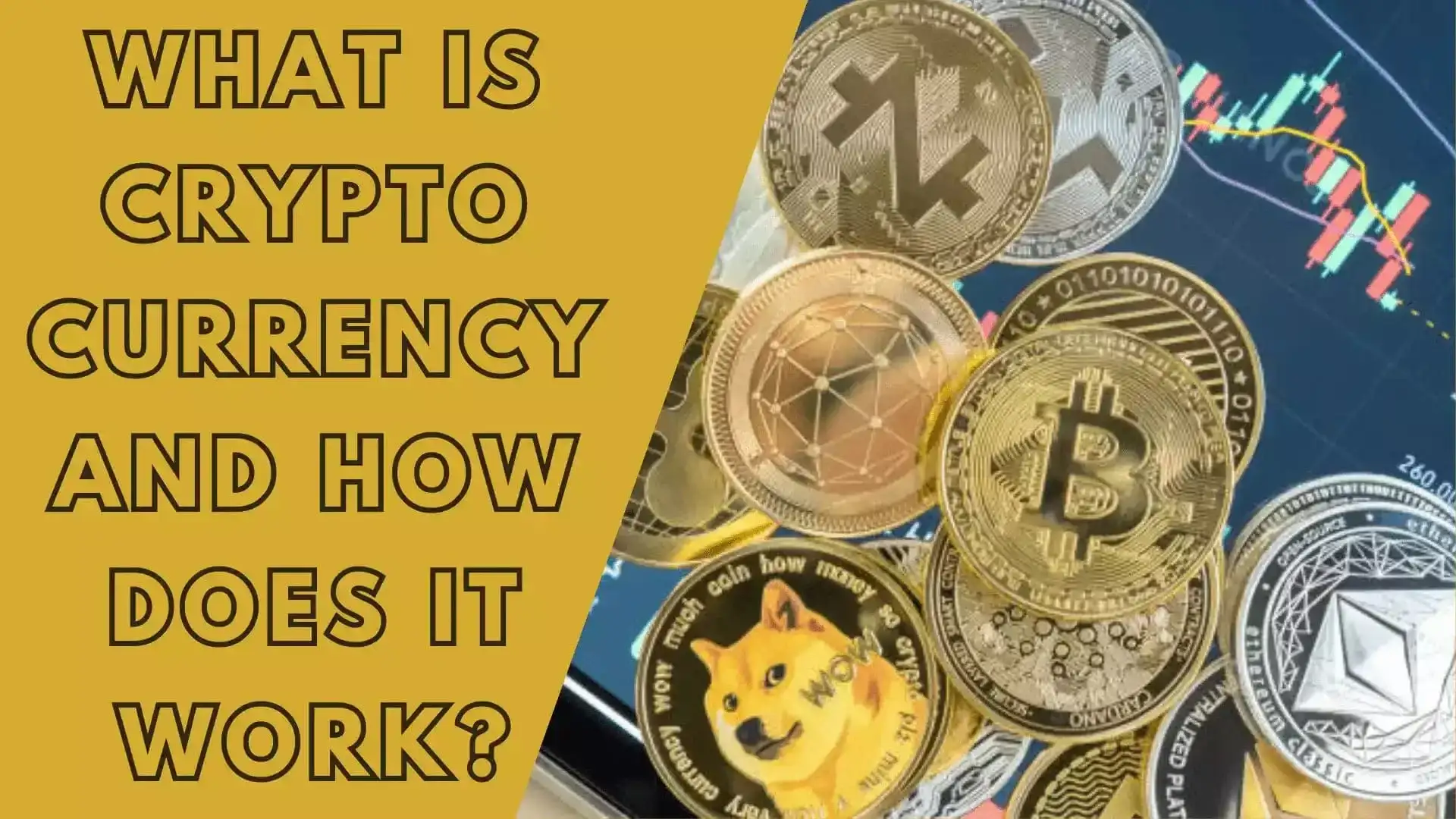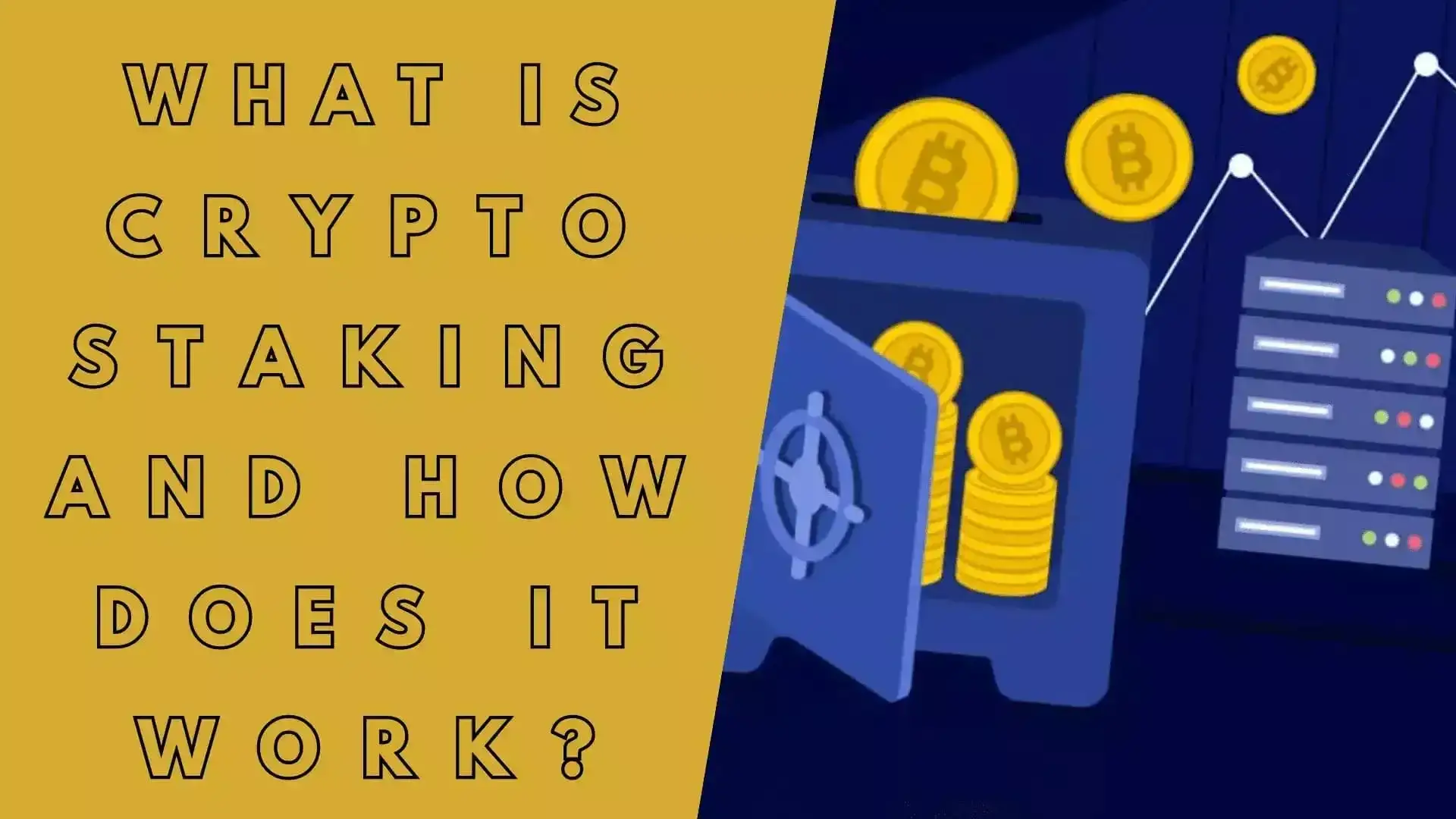Market Makers and Market Takers Explained
In the context of financial markets, such as cryptocurrency exchanges, market makers and market takers play different roles.

Posted on 10 Dec 2023
- Market Makers: Market makers are participants who provide liquidity to the market by placing limit orders on both the buy and sell sides of an order book. They are willing to buy securities or assets at the bid price and sell them at the ask price, making a profit from the spread. Market makers generally aim to profit from the transaction fees charged by the exchange and the bid-ask spread. They ensure that there is a continuous supply and demand for a particular asset or security, thus contributing to market efficiency.
Market makers benefit from their ability to set the bid and ask prices. They often have access to lower transaction fees due to their high trading volumes and may receive certain incentives from the exchange. By providing liquidity, market makers help ensure price stability and reduce the impact of large buy or sell orders on the market.
- Market Takers: Market takers refer to participants who place market orders or take liquidity from the market by executing trades against the orders already present in the order book. Market takers accept the prices offered by market makers or other participants in the market. They aim to quickly fill their orders without waiting for a match at a specific price, but they may end up paying a higher price (ask price for buyers, bid price for sellers) than if they had placed a limit order.
Market takers typically pay higher transaction fees compared to market makers because they consume liquidity from the order book rather than providing it. They benefit from immediate execution of their orders, especially when time is of the essence or when they want to acquire or dispose of assets quickly.
In summary, market makers provide liquidity to the market by setting bid and ask prices, while market takers consume liquidity by executing trades against existing orders.





